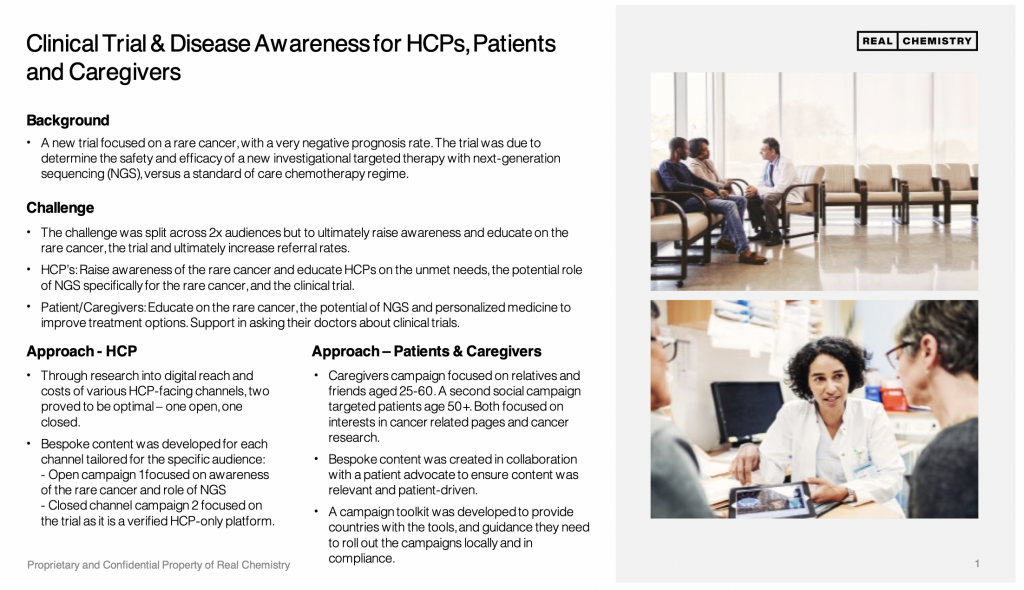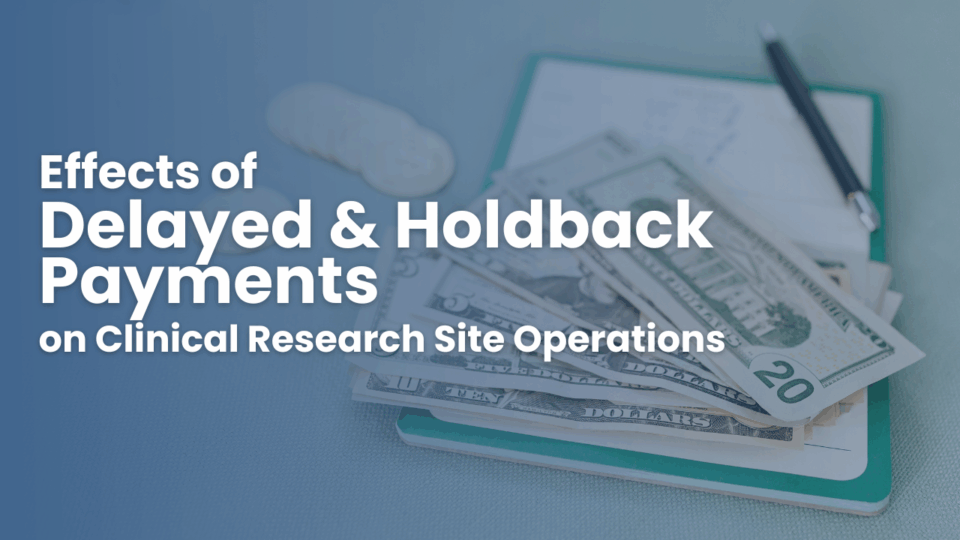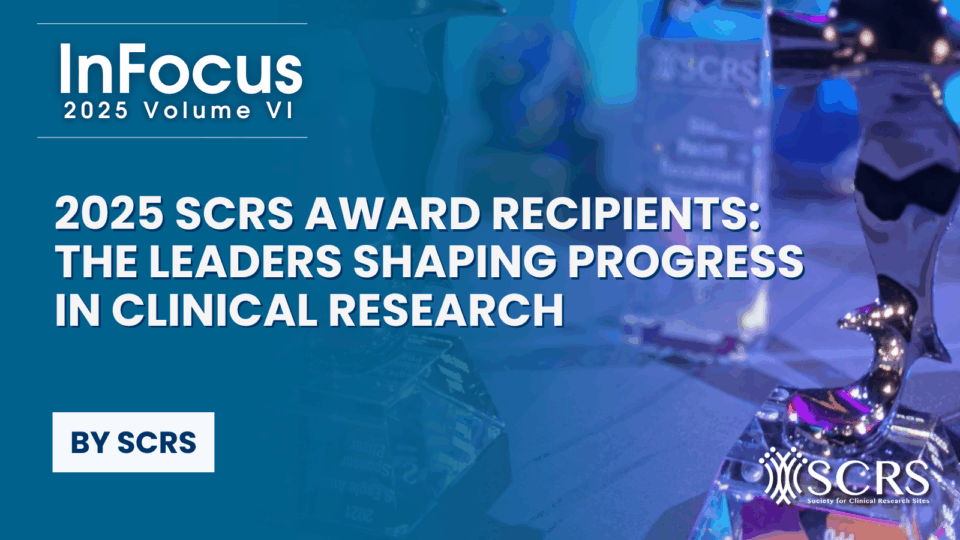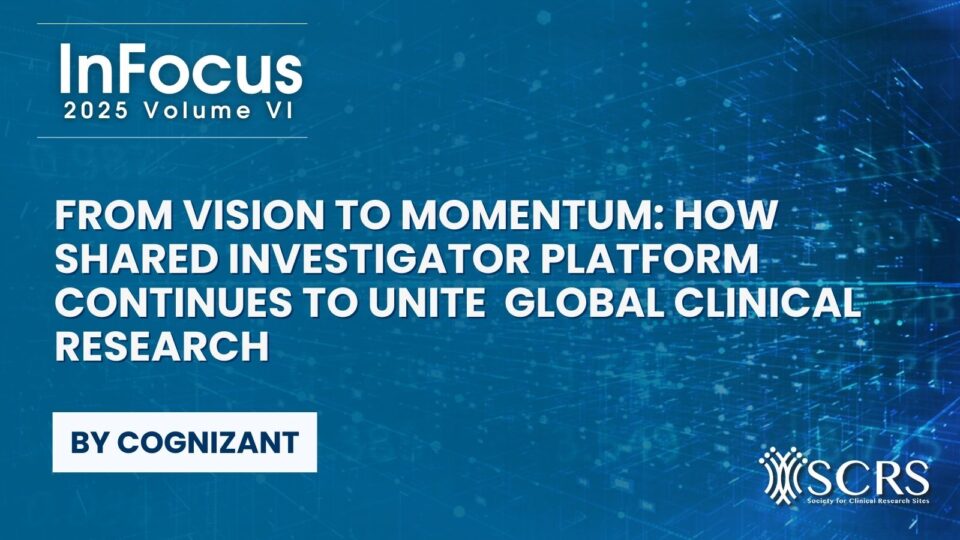How Digital HCP Communications Can Improve Clinical Trial Participant Enrollment via HCP Referral

By
Alexandra Charge,Practice Lead, Clinical Solutions, Real Chemistry
Eva Kaczykowski, Director, Digital & Social Media, Real Chemistry
“Trial Participation is Most Frequently a Result of Physician Referrals.”
This is a fact often quoted in industry research, with the expectation that treating physicians and community healthcare providers (HCPs) should be the binding glue in patient engagement and inclusion in trials. Therefore, connecting with them directly to raise awareness about trial options available for their patients, can close the gap in the equation. The evidence suggests there is a keenness to refer, but the challenge of how – how to learn about and access trial information, how to talk about trial options, and how to refer – is a constant barrier. However, a lack of access to clear information should not be an issue in our digital world.
Digital Transformation
Pre-pandemic, the digitalization of healthcare was well underway, however in the years since, there has been a marked increase in uptake of digital channels and strategies for disseminating information. Healthcare is more digitalized, accessible, and connected than ever before. Reaching a wider network of people, coupled with the eventual uptake of decentralized clinical trials by the industry from pilots to near normalized, may at last provide the right combination in engaging, and enabling, all the stakeholders needed for clinical trial recruitment success.
Facts & Figures
| In 2020, doctors increased their sharing of medical information on Twitter by 26% YOY resulting in greater access to scientific information by consumers. Pre-COVID, only 18% of UK Family Medicine/General Practice specialists said they held online meetings with colleagues, whereas 56% have begun holding online meetings with colleagues since COVID. EU-based oncologists & hematologists are active social users, with 42% going online 8+ times per day for professional purposes. | A record number of around 1,300 trials with a decentralised and/or virtual component will likely initiate in 2022, representing a 28% increase from 2021. A recent McKinsey survey with leaders across the life science industry shows an expectation that overall decentralization levels will reach ~60% across all activities within the next 5 years. |
The Challenge
There remains a marked gap but an ever-growing need for engaging closer with the wider network of HCPs in the paradigm of clinical trial recruitment. This could enable a connection to more patients, better understand patients’ needs in their everyday life and “community” and widen representation and inclusion for trial recruitment through the physicians as “trusted voices” for patients.
The ways in which clinical trial awareness resources can be distributed digitally are distinctly different internationally (country by country) to those in the US, due to different rules on patient and HCP engagement at local levels. In addition, direct-to-patient communication on social media and digital channels has recently been further impacted by privacy changes affecting targeting capabilities. In any case, a patient receiving an ad via social media with a link to a trial website without context, cannot transfer the importance or relevance of a trial without an accompanying conversation with their doctor to better understand trial requirements and any concerns.
This is even more so the case when considering a highly unmet need in rare diseases, or a time-dependent therapeutic area such as oncology, where the necessity to expedite the time in decision making is critical.
Connecting in parallel with both the HCP and the patient and caregiver in raising awareness about a trial as a treatment option, will help have a more cohesive discussion when both are equally aware and versed on the trial options, challenges and expectations and enable a co-educated partnered discussion if a referral is suitable.
The trick here to make it viable is removal of burden on the HCP community, to help inspire more HCPs to believe in research, and motivate them to have conversations about clinical trials with their patients.
The initial burdens could be multifold, and the list below is only some, among many others:
- discovering trial options in the first place,
- understanding the complexity and eligibility which could impact patients,
- determining what the key discussion points should be with the patient about current treatments vs an investigational drug,
- and finally, there is a powerful opportunity for innovative but investigational drug access, but this leads to the burden in the risk/benefit determination.
Importantly, with an increase in the volume of potential referrals, there is a need for reduction in burden on the PI and clinical trial site staff. But through well-designed, informed, collaborative HCP referrals, the quality of the patient referrals, in parallel to the higher volume of engaged patients, becomes a reality.
With a reduction in burden, also must come an understanding of benefit. Sponsors need to take the time to discover what the drivers and barriers may be for HCPs to refer their patients, as each patient population, each investigational drug, each trial design, and each trial landscape & timeframe is different.
The solution falls to bringing the right information to the HCPs in the overall treating medical network, enabling them with knowledge through insightful targeted communications, simplifying the evaluation and decision making, and arming them with patient-centric materials and resources. All to help engage easily in a conversation with the patient about all options, while easily connecting with the right resources to compliantly refer to for more detailed questions about the trial.
This can only be achieved successfully through our digital and interconnected capabilities. Connecting with physicians on social and digital media channels that they are already active on, and importantly trust, in their personal, educational and professional daily life, is important to purposely and effectively interact with busy individuals.
Providing valuable information in an efficient and concise manner is the key to disseminating specialty-specific knowledge about the trial if healthcare providers are to play an essential role in advising, guiding, and supporting patient participation in clinical research.
The How
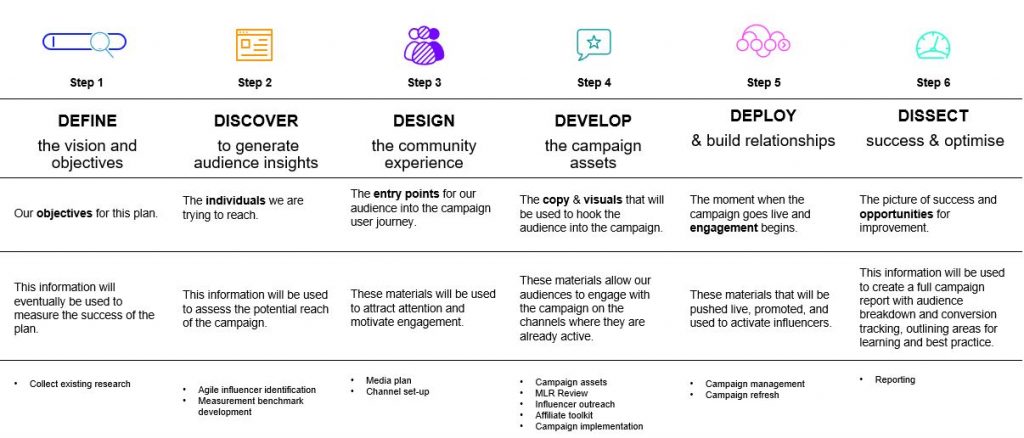
Define: In order to best activate a digital HCP referral campaign, we must begin by defining the vision and objectives for the approach. In clinical trial recruitment, we know the ultimate goal is timely patient accrual through successful randomizations, and in this context, from an increase in relevant patient referrals. For a digital campaign this must be translated into achievable and measurable metrics: consider the audience journey and the end goal. This could be pre-screener completions on a trial website, or confirmations via a referral survey to understand how and where successful patient referrals have come from.
Discover: Next, it is important to discover relevant insights and data about our key audiences. First, by understanding a patients’ medical, and emotional journeys, to determine the key touchpoints with the various HCPs and their varying influence through their interactions, and then by looking at the physician journeys and behavior to harness a deep understanding of their profiles, including digital behaviors and activity. It is vital to take the time to research on a per specialty and country basis; a one-size-fits-all approach derived from the US landscape cannot be applied globally as each region and each HCP specialty practicing within each country has a unique experience that needs to be understood.
Design: The learnings found through audience analysis will then enable the design of a robust campaign via digital channels that HCPs are already learning and connecting on. A multichannel approach (e.g social media, HCP closed networks, paid search) is generally recommended in order to reach the target audience at an increased number of touchpoints, and therefore increase likelihood of message recollection as well as improving the chance of reaching a higher number of HCPs.

The onward journey for interested HCPs, to find out more from these digital channels, must be easy; an intuitive and smooth user experience, driving to a trial Knowledge Hub of robust, succinct information via a central website for HCP awareness and learning.
Develop: A strong audience, or user journey, can only be effective if driven by the development of clear campaign messaging, materials, and meaningful discussion resources for HCPs to share with their patient community, which are founded in the campaign & business objectives identified at the Define stage. As well as increasing campaign success by effectively engaging physicians, this will widen the inclusion potential as it equips these physicians to become the trusted patient partners in supporting a difficult decision.
Deploy & Dissect: Next is the deployment of the campaign, which comes hand in hand with dissecting the campaign, aka analysis, as one of the benefits of digital activation is the real-time learning and optimization of the approach to drive efficiencies and better results. For example, if you are seeing that a certain message or channel is delivering more traffic to your trial website, you can look to redistribute investment to boost the likelihood of referral.
Summary
A systematic, data-driven process exists to understand the sophisticated nature of the healthcare professionals’ digital communication requirements and potential for successful utilization in clinical trial referrals.
This, through the digital and social marketing capabilities combined with the compliance and clinical expertise required to formulate the trial messaging of interest, could be a powerful modern interpretation of the classical “Letter to Colleagues” to drive referrals.
The trust-relationship of peer-to-peer interactions has taken a new step forward in online HCP community engagements hence the utilization of these growing social and membership-based channels, needs to be understood and engaged with in the new post-covid digital environment.
Through a geographically wide reach enabled by digital and social media, the ability to increase representation of patients can be achieved, and finally democratize access to trials – for patients, and the wide medical community supporting them.
A Case Study: Digital HCP Outreach and Referral Campaign for a rare form of cancer
The Real Chemistry team worked with a sponsor company on a digital HCP outreach and awareness campaign for increasing referrals for a rare cancer trial.
The campaign was successful by generating lots of interest via HCP activity which resulted in more than 660 unique website visits. Due to this success, the caregiver and patient campaign was initiated in parallel, with the knowledge that HCPs along the treatment journey have already seen relevant messaging and will be equipped to answer patient questions about the trial effectively.
